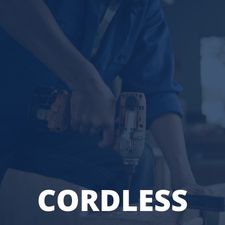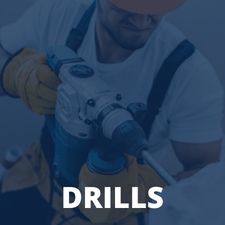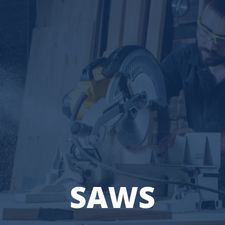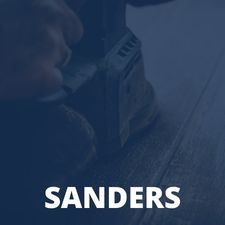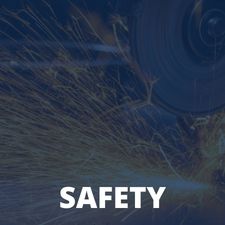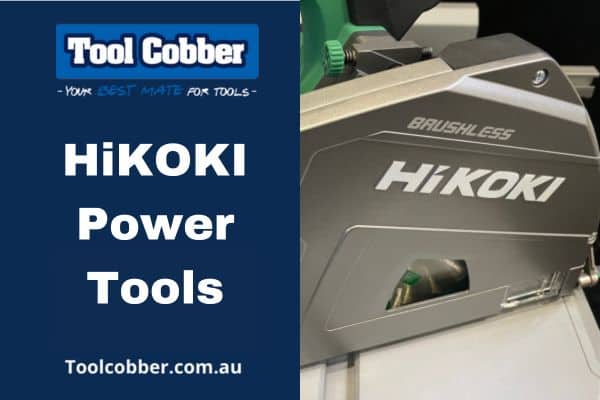
HiKOKI Power Tools Australia
The Biggest Tool Brand You’ve Probably Never Heard Of
HiKOKI Power Tools
Although a relatively new name in the Aussie market — HiKOKI Power Tools Australia is backed by over 100 years of industry knowledge and experience.
The new name for Hitachi tools, HiKOKI manufactures and retails a vast spectrum of robust and reliable machines for the serious prosumer — covering diverse categories, from lawnmowers and line trimmers through to band saws and nail guns.
But, despite the backing of an industrial behemoth, HiKOKI’s history involves tales of personal tragedy, a seriously unlucky founder, and wartime scandal.
This is your uncensored ultimate guide to the HiKOKI story, its product range, and the quality of its machines — revealing the unbelievable truth behind the brand.
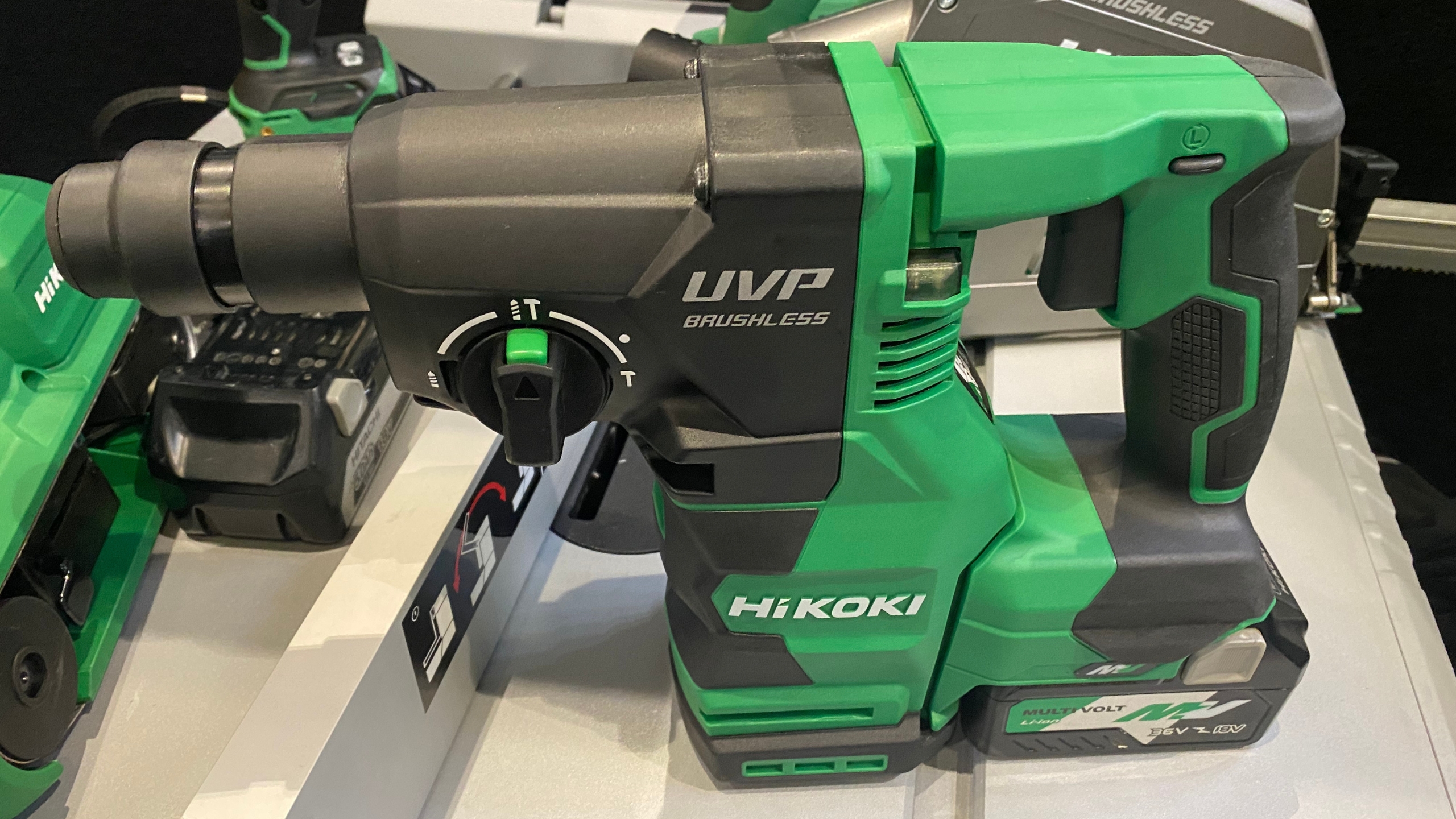
HiKOKI’s History
Boredom and Invention
Odaira Namihei — a young and frustrated engineer — wasn’t a happy man in 1906.
Although working for the successful Kuhara Copper Company at one of its many mining plants, he felt his skills were ridiculously wasted. He had one job — to make sure it had electricity.
While undoubtedly an important task — as the mine naturally couldn’t operate without power — it was a somewhat unfulfilling assignment. He hadn’t trained in engineering at Tokyo Imperial University for three years simply to check that the factory’s lights were working.
So, he resolved to do something constructive.
Fiddling around with spare components, wires, and copper coils while presumably waiting for a rare power outage — he managed to create Japan’s first five-horsepower electric motor. Thinking that there must be a market for such an innovation, he founded Hitachi Ltd in 1910 — named after the mining town in which he worked.
However, his joy and entrepreneurship weren’t to last.
Fusanosuke Kuhara, his employer and owner of the mining company, learned of
Namihei’s invention. He considered that since the electric motor was conceived and created on his premises and in his paid working hours — the Hitachi company was his.
As a small, albeit ungenerous, concession, Kuhara allowed Namihei to be managing director of Hitachi — although the ownership and profits went to the sneaky company thief. Namihei remained in this job until 1947, when the occupying US forces in Japan kicked him out of the business.
In 1951, with the interfering Americans leaving the country, he was allowed to return to his old job — but within days, he dropped dead.
Odaira Namihei wasn’t a lucky man.
Expansion and Innovation
In its early years, from 1910-1939, the Hitachi company focused on designing, building, and retailing heavy-duty industrial equipment — such as water pumps, electrical generators, transformers, and DC trains.
While the advent of World War II naturally marked a significant decline in the brand’s production output and profits — it also was the catalyst for the company’s growth into a manufacturing behemoth.
Tasked by the Japanese government to rebuild the country back bigger and stronger — Hitachi massively expanded. In just three years, the enterprise opened steel and iron facilities, built excavators and other heavy plant, and developed a complete telephone system infrastructure.
And, most significantly for us, in 1948, it began producing consumer power tools.
Hitachi-Koki Holdings
The bigwigs at Hitachi Ltd decided to diversify. While Hitachi continued with its industrial plant manufacture, a new business — Hitachi Koki Co. Holdings Ltd — would be purely responsible for electrical power tools.
The new company’s ethos seemed to be, if it’s a tool, we’ll make it.
Between 1948-2017, Hitachi Koki had a finger in every tool pie, ever-expanding its range:
- Disc grinder (1957).
- Pneumatic tools (1960).
- Woodworking machinery (1969).
- Cordless power drill (1979).
- Cordless impact wrench (1984).
- Slide mitre saws (1986).
- High-pressure nail gun (2000).
- Cordless impact gun (2001).
- Lithium-ion products (2005).
- High-pressure compressor (2008).
- Gas chainsaw (2009).
And, to accelerate its consumer tool sales worldwide, Hitachi Koki opened a multitude of geo-centric subsidiaries — starting in 1978 with Hitachi Power Tools Europe GmbH, rapidly followed by operations in the USA, UK, India, Netherlands, France, and of course Hitachi Power Tools Australia Pty. Ltd. in 1996.
By the early 2000s, Hitachi Koki had become one of the world’s top five power tool manufacturers.
Hitachi-Koki Becomes HiKOKI
Always wanting more, Hitachi Koki purchased the pro-grade German tool brand Metabo in 2016.
And then things become somewhat confusing.
The entire Hitachi-Koki Holdings empire was renamed Koki Holdings Co. Ltd in 2018. Under this banner, existing and future Metabo units, i.e. those made in Germany to high-end specs, remain known as Metabo. All Hitachi tools were renamed HiKOKI.
Unless you live in the USA.
Possibly to capitalise on the respected Metabo name — or perhaps because Americans’ brains couldn’t cope with yet another tool brand — in the States, Hitachi became Metabo HPT (Hitachi Power Tools).
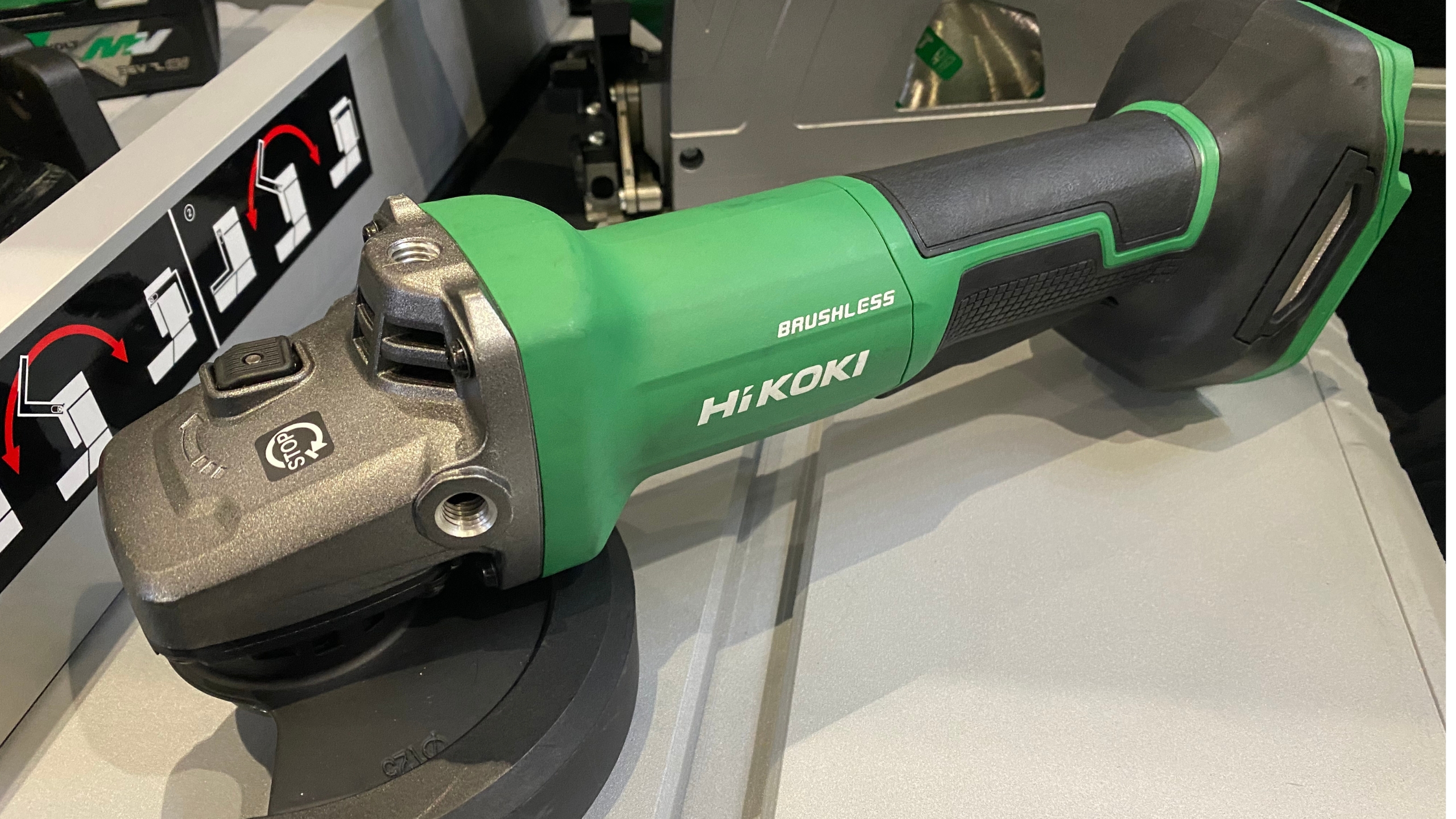
Who Makes the HiKOKI Range of Products?
The entirety of the HiKOKi catalogue is manufactured in-house — with a vast team of designers, innovators, and engineers. Reassuringly, there are no OEMs involved — buy a HiKOKI machine, and you know you’re getting an original product, guaranteeing the backing of the brand’s diligent in-house testing and quality assurance.
Well, just about.
Despite Hitachi becoming HiKOKI in 2018, many new tools still exist on the market that was originally made as Hitachi products — but had their label changed. In real terms, it makes no difference, as the engineering plants and staff are identical. However, new HiKOKI units have a slightly different aesthetic design from their Hitachi predecessors.
Its power tools are manufactured around the globe, although that doesn’t mean that if your country has its own HiKOKI plant — the tools you own are made domestically. With certain facilities often specialising in different components — your unit is often a hybrid from numerous locations.
Furthermore, remember that in the USA, HiKOKI tools — known as Metabo HPT — are made in HiKOKI (ex-Hitachi) factories. They’re not made by Metabo.
HiKOKI’s major manufacturing plants are located in:
- India.
- Malaysia.
- China.
- Japan.
- Germany.
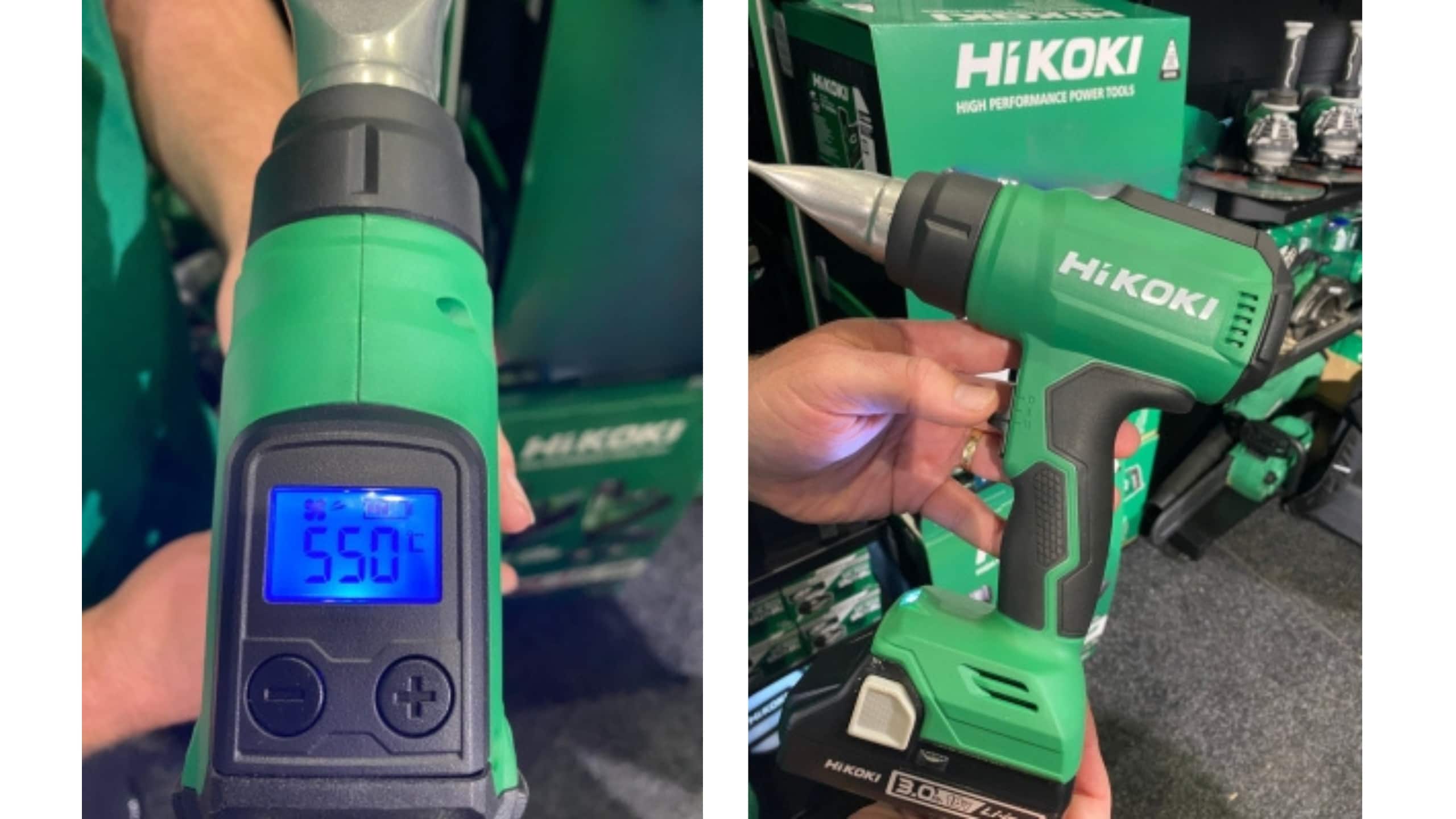
Quality of HiKOKI Power Tools
Read any reputable HiKOKI tools review, and you’ll discover that the brand’s machines are considered durable, reliable, and offer intuitive operation.
Backed by over 100 years of manufacturing experience and know-how, its products undergo thorough stress testing and quality assurance — providing significant and valuable peace of mind.
Undoubtedly, the brand’s units are at the top end of the prosumer market — but whether they edge into the trade-quality category is hotly debated.
According to Koki Holdings Co. Ltd and their distributors, HiKOKI tools are equal in performance, robustness, and longevity to their true-pro level Metabo machines. However, industry pros and experienced power tool users state that while excellent units — HiKOKI isn’t at professional level yet.
Furthermore, they’re manufactured in different locations, have contrasting internal components, and their chargers and lithium cells aren’t cross-compatible. In all senses, Metabo and HiKOKI are totally dissimilar.
HiKOKI Tools Warranty
Since HiKOKI units undergo rigorous testing and are built with durable components, the brand is able to provide lengthy warranties — especially when registered.
A few minutes simply registering your product(s) at hikokipowertools.com.au within four weeks of the purchase date can, in many cases, double the length of your guarantee.
In most circumstances, the company’s products have the following backup:
- Corded tools — three years or six years extended.
- Cordless tools — three years or six years extended.
- Pneumatic tools — three years or six years extended.
- Outdoor power tools and equipment — three years or six years extended.
- Lithium-ion cells — three years, no extension.
- Battery chargers — three years, no extension.
- NiMH and NiCD cells — one year.
- Hand tools — one year.
- Accessories — one year.
To make a claim for a faulty product, you must present the original purchase receipt and tool to an authorised HiKOKI service centre — you’re responsible for any postage or carriage charges.
Remember, that while generous warranties, they exclude issues arising from accidents, neglect, misuse, modification, normal wear and tear, or being interfered with by a non-authorised HiKOKI specialist.
Furthermore, the above warranty information relates to HiKOKI power tools Australia
— if you live elsewhere on the globe, check out the warranty for your specific region.
HiKOKI Power Tool Range
Although starting life as a single-product electric motor manufacturer, HiKOKI has expanded its range to include an absolute multitude of machines.
Gradually, corded tools are being phased out, with the brand planning on being completely cordless within the next five to seven years — hence the already mammoth battery-powered category.
While not exhaustive, its key lines include:
Handheld
- Drills — drivers, impact, SDS, hammer, rotary, and right angle.
- Dust extractors.
- Powered screwdrivers.
- Grinders — die, disc, and angle.
- Saws — circular, jigs, recips, and band.
- Shears and nibblers.
- Orbital sanders.
- Heat guns.
- Multitools.
- Nail guns.
Woodwork
- Planers.
- Caulking guns.
- Sanders.
- Mitre saws.
Gardening and Outdoor
- Hedge trimmers.
- Blowers and vacuums.
- Line trimmers.
- Chainsaws.
Sundries
- Lamps, torches, and work lights.
- Pressure washers.
- Radios and speakers.
- Fans.
- Multi chargers and batteries.
- Vibrators and mixers.
Sundries
- Batteries and chargers.
- Clothing.
- Blades and discs.
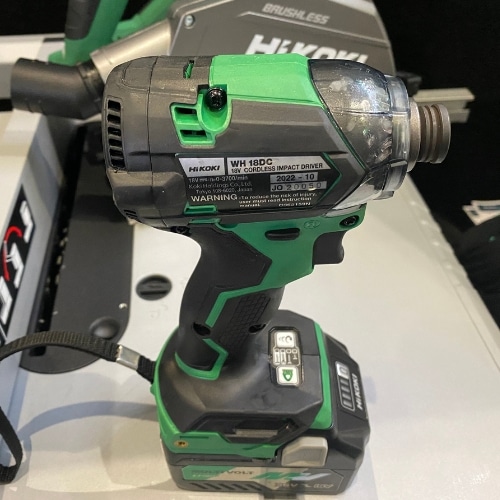
HiKOKI Battery Types and Sizes
Pleasingly, the HiKOKI power cell range is straightforward — perhaps one of the simplest formats across prosumer and trade tool categories.
Its cordless catalogue includes just three formats.
The 12-volt range incorporates low-demand units — reciprocating saws, multitools, compact hammer drills, and impact drivers. The 18-volt line-up features more brawny machines such as full-size rotary drills, planers, grinders, and circular saws. While the Hi KOKI 36V category boasts serious grunt units — hedge trimmers, mitre saws, chainsaws, and torque wrenches.
And innovatively, HiKOKI offers a multi-volt lithium cell — meaning one powerpack can drive both 18 and 36-volt machines. Furthermore, a range of mAh ratings means you can choose a battery relevant to the running times you demand.
HiKOKI 12V Cells
- HiKOKI 12-volt 2.5 Ah slide lithium-ion battery.
- HiKOKI 12-volt slide lithium-ion fast battery charger.
Hi KOKI 18V Cells
- HiKOKI 18-volt slide 3.0 Ah lithium-ion battery.
- HiKOKI 18-volt slide 5.0 Ah lithium-ion battery.
- HiKOKI 18-volt slide lithium-ion rapid battery charger.
HiKOKI 18/36-Volt Cells
- HiKOKI 18-volt/8.0 Ah 36-volt/4.0 Ah lithium-ion battery.
- HiKOKI 18-volt/5.0 Ah 36-volt/2.5 Ah lithium-ion battery.
HiKOKI Website
The HiKOKI brand boasts a plethora of web addresses focusing on different locations around the globe, in addition to the HiKOKI Australia site. It’s important when searching for products, information, or terms and conditions, you use your local page — as details vary from area to area.
On the Australian version of the HiKOKI website, dropdown menus permit you to increasingly narrow your search. Initially, you can choose between cordless, electric (corded), pneumatic, or accessories — then drill down into tool formats and voltage, and finally into specific models.
Additionally, the site features an intuitive search facility that enables you to navigate based on numerous criteria — including specific model numbers, tool types, and project.
Furthermore, the comprehensive website includes information on customer service centres and dealers, warranties, and customer support.
Downsides of HiKOKI Power Tools
Sensibly priced, offering reliability combined with durability, and lengthy reassuring warranties — HiKOKI corded and cordless power tools are ideal for the serious DIYer and prosumer.
In my opinion, where there are criticisms, they are quite insignificant.
It’s questionable whether, as stated by the brand, HiKOKI’s tools are truly trade quality — unlike its sister brand Metabo.
And furthermore, especially for US customers, care needs to be taken when purchasing additional power cells. Metabo batteries are not compatible with HiKOKI tools, which can be confusing when HiKOKI is called Metabo HPT in the States.
However, for tools that are significantly above standard DIY machines at a similar cost — HiKOKI is a sensible option.
HiKOKI Power Tools Conclusion
You may not be familiar with the name, but you know the reputation.
Rebranded from Hitachi, HiKOKI machines offer the reassuring reliability and a pedigree of solid built quality that makes them an excellent option for the dedicated prosumer and light contractor.
Lengthy warranties — up to six years on some products once registered — deliver immense peace of mind. The no-nonsense and easy-to-grasp 12, 18, and 36-volt cordless range and a wide catalogue provide the seriously committed DIYer with a vast choice of intuitively operated units.
True, HiKOKI may not quite hit the premium-trade level of its sister company Metabo — and admittedly, the confusing incompatibility of Metabo HPT and Metabo cells may be an annoyance for the uninitiated.
But for a brand that offers more than its comparably-priced counterparts — HiKOKI Power Tools Australia should be at the top of every serious DIYer’s wish list.
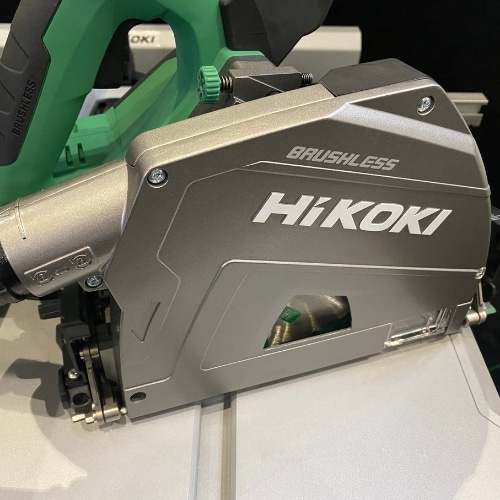
HiKOKI Cordless and Corded Tools FAQs
Where Can I Buy Hitachi Cordless Tools?
Since 2018, Hitachi power tools — both corded and cordless — have been rebranded as HiKOKI. While some models still exist for sale online with the Hitachi label, these are older stock.
To purchase HiKOKI — previously Hitachi — tools in Australia, check out the official dealer locator page.
HiKOKI vs Hitachi — What’s the Best?
They’re identical tools! HiKOKI is simply the new name for Hitachi tools.
Is HiKOKI the same as Hitachi?
Hitachi Power Tools became HiKOKI in 2018, although the Hitachi brand is still utilised on industrial machinery — such as transformers, generators, and power pumps. Both businesses are owned by Koki Holdings.
During the rebranding, some existing Hitachi tools were relabelled as HiKOKI — so it’s possible to find identical units under two different names. However, all tools manufactured after 2018 are called HiKOKI.
Is HiKOKI High Quality?
According to industry experts, HiKOKI is a prosumer tool brand — bridging the difficult area between DIY home use and professional operation. As such, they deliver impressible robustness and reliability combined with a pleasing price point.
HiKOKI’s sister brand, Metabo, focuses purely on the trade market.
Where Are HiKOKI Tools Made?
HiKOKI power tools are manufactured in the brand’s own plants. With worldwide operation, its key factories are in:
- India.
- Malaysia.
- China.
- Japan.
- Germany.
What Are the HiKOKI Battery Sizes?
HiKOKI cordless tools utilise either 12, 18, or 36-volt batteries.
The brand retails cells specific to these voltages, and additionally provides a novel 18/36-volt multi-cell that’s compatible with both 18 and 36-volt units.
What’s the Difference Between Metabo HPT and HiKOKI?
Metabo HPT is the US brand name for HiKOKI tools — the machines themselves are identical. Bear in mind, however, that while Metabo HPT is under the same company umbrella as Metabo — the tools are different, and the lithium cells are not cross-compatible.
Do HiKOKI Batteries Fit Hitachi?
Yes! Existing 12 and 18-volt Hitachi cells can be used in conjunction with HiKOKI tools and vice versa.
What Does HiKOKI Mean?
Pronounced as high-ko-key, this Japanese word literally means elevated tools — or more correctly — industrial machines.
Why Did Hitachi Become HiKOKI?
Koki Holdings, the parent company of Hitachi, decided to rebrand the tools to separate them from their industrial engineering products.
Is HiKOKI Made in Japan?
Although a Japanese company, HiKOKI tools are made around the globe — mainly in Japan, China, Malaysia, and India.
Is HiKOKI owned by Hitachi?
Both HiKOKI and Hitachi are owned by KOKI Holdings.
What Brand Replaced Hitachi?
Hitachi still exists as a brand — although its main line of production focuses on engineering products. HiKOKI is the new name for Hitachi Tools.
Can I Use 18v Battery In 36v HiKOKI?
No. Although it will fit, an 18-volt cell lacks the grunt to drive a 36-volt machine.
Can I Use a 36v Battery In a 18v Tool?
No. The 36-volt cell may damage 18-volt machines. HiKOKI does, however, retail multi-volt power packs that are compatible with both 18 and 36-volt units.

